Wednesday 17 June 2020
#eat / drink
DOCG and DOC wines from the province of Rome (and a bit of history).
The Romans developed viticulture, learning it from the Etruscans, Greeks and Carthaginians, from the beginning of the empire (1st century BC).
For the vinification mainly black grapes were used, but without macerating them, therefore the wines were light in color. Furthermore, as fermentation was uncontrolled, the alcohol content varied greatly. To overcome this drawback, cuts or real sophistications were made (with honey, flavors, water, resin, plaster, flowers, ...).
For the sea transport, ceramic amphorae were initially used, closed by corks. But soon the amphora was replaced by the more practical barrel.
Along with the diffusion of wine, the cult of Bacchus also spread. Similarly to the cult of Dionysus in Greece, it was a cult reserved only for initiates and with mystical purposes: only women, bacchantes, were allowed to the bacchanals, and the ritual took place only during the day. They then turned into a night version, which included the use of wine and the mixing of the sexes. In 186 BC they were officially abolished, but the illegal ones lasted for a long time.
DOCG wines:
Cannellino di Frascati (white)
Frascati Superiore (white)
DOC wines:
Capena White (white)
Castelli Romani (white, rose, red)
Cerveteri (white, rose, red)
Cesanese di Affile (red)
Cesanese di Olevano (red)
Colli Albani (white)
Colli della Sabina (white, red)
Colli Lanuvini (white)
Frascati (white)
Genazzano (white, red)
Marino (white)
Montecompatri Colonna (white)
Roma (white, rose, red)
Tarquinia (white, rose, red)
Velletri (white, red)
Zagarolo (white)
For the vinification mainly black grapes were used, but without macerating them, therefore the wines were light in color. Furthermore, as fermentation was uncontrolled, the alcohol content varied greatly. To overcome this drawback, cuts or real sophistications were made (with honey, flavors, water, resin, plaster, flowers, ...).
For the sea transport, ceramic amphorae were initially used, closed by corks. But soon the amphora was replaced by the more practical barrel.
Along with the diffusion of wine, the cult of Bacchus also spread. Similarly to the cult of Dionysus in Greece, it was a cult reserved only for initiates and with mystical purposes: only women, bacchantes, were allowed to the bacchanals, and the ritual took place only during the day. They then turned into a night version, which included the use of wine and the mixing of the sexes. In 186 BC they were officially abolished, but the illegal ones lasted for a long time.
DOCG wines:
Cannellino di Frascati (white)
Frascati Superiore (white)
DOC wines:
Capena White (white)
Castelli Romani (white, rose, red)
Cerveteri (white, rose, red)
Cesanese di Affile (red)
Cesanese di Olevano (red)
Colli Albani (white)
Colli della Sabina (white, red)
Colli Lanuvini (white)
Frascati (white)
Genazzano (white, red)
Marino (white)
Montecompatri Colonna (white)
Roma (white, rose, red)
Tarquinia (white, rose, red)
Velletri (white, red)
Zagarolo (white)

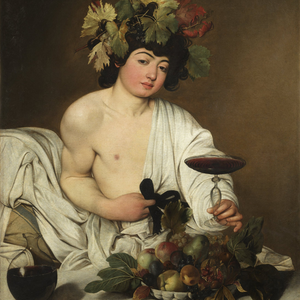

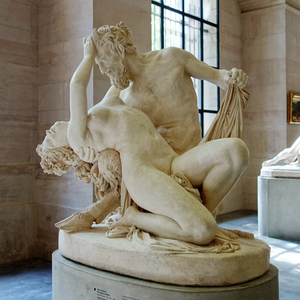
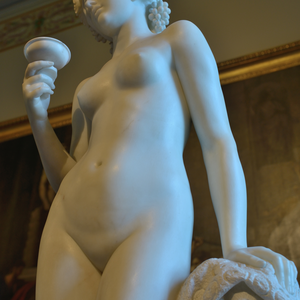
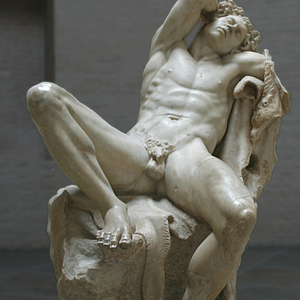



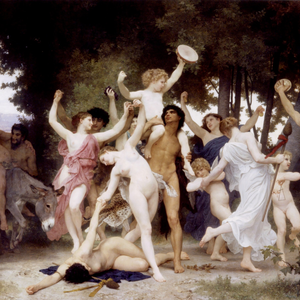

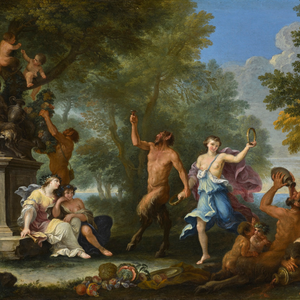
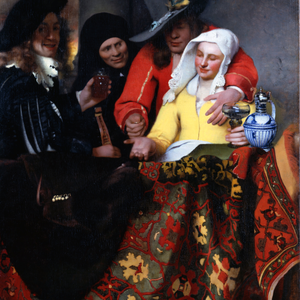


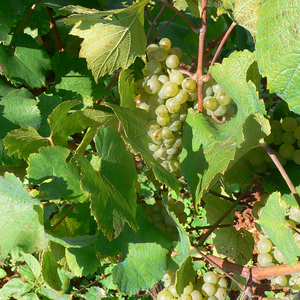
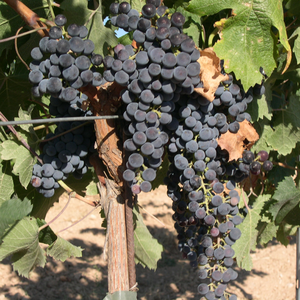
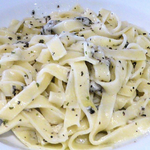 The true origins of the legendary Fettuccine Alfredo.
The true origins of the legendary Fettuccine Alfredo.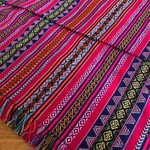 The X best Peruvian restaurants in Rome. Where to eat cheviche according to the tradition of an underrated cuisine.
The X best Peruvian restaurants in Rome. Where to eat cheviche according to the tradition of an underrated cuisine. On the ugliness and uselessness of restaurant websites. Dedicated to restaurateurs (Roman and not).
On the ugliness and uselessness of restaurant websites. Dedicated to restaurateurs (Roman and not). The X best cod fillets in Rome. Where to eat the legendary fried fish.
The X best cod fillets in Rome. Where to eat the legendary fried fish. [EVENT CANCELED] Sicilian festival in Piazza San Giovanni Bosco. From 22 to 25 October 2020.
[EVENT CANCELED] Sicilian festival in Piazza San Giovanni Bosco. From 22 to 25 October 2020. Street Food in Rome. Three appointments in September 2020.
Street Food in Rome. Three appointments in September 2020. The best X arrosticini in Rome. Where to eat Abruzzese "rustelle".
The best X arrosticini in Rome. Where to eat Abruzzese "rustelle".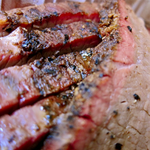 The best X smoked BBQ. Where to eat American smoked meat (in Rome and in Italy).
The best X smoked BBQ. Where to eat American smoked meat (in Rome and in Italy). The X best "vaccinara" oxtails of Rome. Where to eat the queen of the fifth quarter.
The X best "vaccinara" oxtails of Rome. Where to eat the queen of the fifth quarter. The best X Y in Rome. That is where to eat Y.
The best X Y in Rome. That is where to eat Y. Small guide to restaurants in Rome: Asian cuisine
Small guide to restaurants in Rome: Asian cuisine Farmers' markets reopen: list, map and timetables.
Farmers' markets reopen: list, map and timetables.